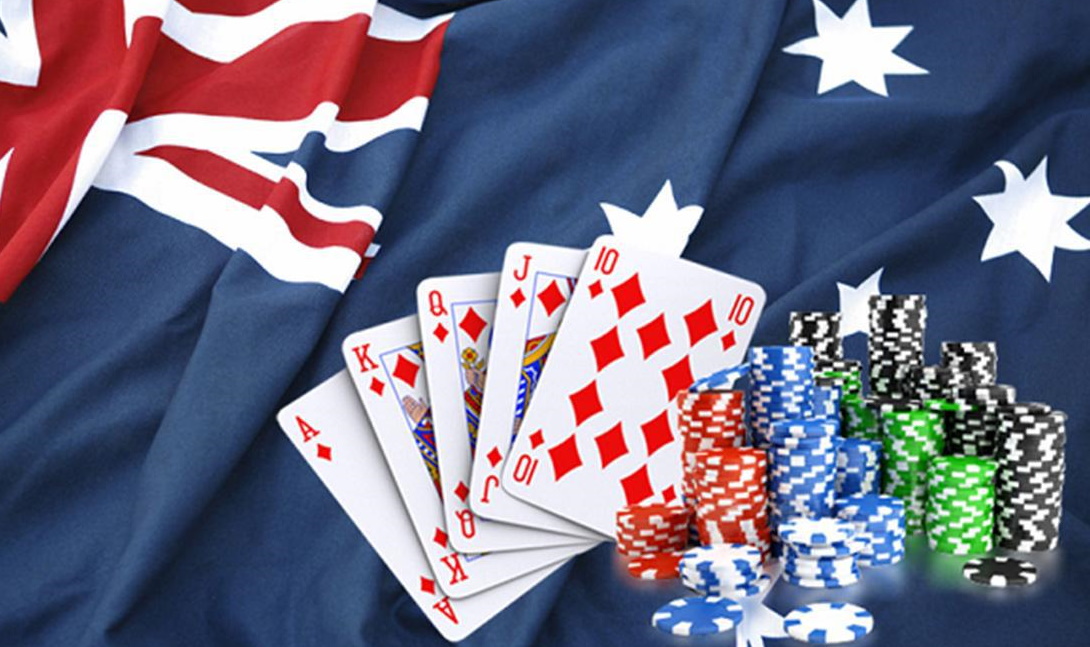Why Do We Call Slot Machines “Pokies”?
- Written by NewsServices.com

Slot machines have been a staple in casinos, both online and in real life, for almost a century. These popular games are played casually on the go (there are two social casino apps among the top 10 most used Android apps in Australia) and for real at outlets like Grand Rush.
This popular game goes by several names in the English-speaking world. Officially called “slot machines”, they are often referred to simply as “the slots” but “fruit machines” or “fruities” in England, “puggy” in Scotland, and “pokies” in Australia and New Zealand. Why you might ask? Well, it may have something to do with the origins of the game.
Poker machine
The slot machine has been around for a bit more than 120 years. The first one was built by a San Francisco mechanic called Charles Fey. But Fey didn’t actually invent the slot machine - he merely simplified a design that was already in use at the time: the poker machine.
The poker machine was a lot like today’s video poker games you encounter at casinos online or in real life. It was a variant of Five Card Draw with five drums, each containing 50 card faces. The players would put a nickel (5 cents) into a slot, then spin the drums by pulling a lever. The drums stopped at a “hand” of five cards, and the winnings would be paid out by the operator based on the hand’s value - the winnings were expressed in drinks, cigars, and similar prizes as opposed to cash. (To bend the odds in the house’s favour, two cards - the 10 of spades and the Jack of hearts - were routinely missing from the drums).
Complicated
The poker machine was a complex random number generator (although it wasn’t intended to be one) with five drums of 50 cards each, capable of displaying hundreds of millions of potential combinations. Of course, only the ones with a value in poker were taken into account - but this was still way too much for a mechanical machine. Thus, to operate a poker machine, the venue needed a human operator to validate the win and pay the prize.
This is where Charles Fey came in. He simplified the design significantly, reducing the number of possible winning combinations by reducing the number of symbols on the reels. Instead of 50 card faces, he used five symbols (horseshoes, diamonds, spades, hearts and a Liberty Bell), and instead of five drums, he used three reels.
The reduced complexity of the new machine allowed it to be operated autonomously - it could process payouts automatically, no longer needing an operator. So, it could pay cash to the players directly. To make things even better, Fey even designed a coin validator mechanism for it that could differentiate between nickels and metallic discs or buttons of the same shape and size.
Fey’s simplified “poker machine” took the world by storm, creating an entire industry around it. Soon, his machines popped up all over the US and beyond, ultimately spreading all over the word.





